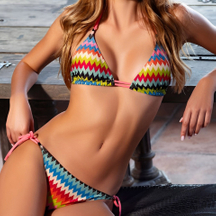Content Menu
● What Are Nipple Covers?
● Benefits of Using Nipple Covers
>> 1. Discretion and Comfort
>> 2. Variety of Options
>> 3. Protection Against Chafing
● Materials Matter: Safety First
● Health Concerns: Debunking Myths and Risks
>> Do Nipple Covers Cause Cancer?
>> Skin Sensitivity, Allergic Reactions, and Irritation
>> Infection and Bacterial Growth
● Are Nipple Covers Safe?
>> 1. Skin Irritation
>> 2. Risk of Infection
>> 3. Proper Usage
>> 4. Material Matters
● Usage Guidelines: How Long Is Too Long?
● Are Nipple Covers Safe Compared To Bras?
● Nipple Covers vs. Nipple Shields: Not the Same
● Certifications and Safe Sourcing For Buyers and Brands
● Maintenance: Cleaning and Storage Tips
● How to Choose the Right Nipple Covers
● How to Apply and Remove Nipple Covers
>> Application Steps:
>> Removal Steps:
● Potential Side Effects of Nipple Covers
● Expert Video Demonstration
● Are Nipple Covers Safe For Sensitive Skin?
● Are Nipple Covers Safe: Summary Table
● FAQs
>> 1. Are nipple covers safe for daily use?
>> 2. Do nipple covers cause cancer?
>> 3. Can nipple covers lead to infections?
>> 4. Are nipple covers better than bras for skin health?
>> 5. How do I choose safe nipple covers?
● References
Are Nipple Covers Safe: In-Depth Analysis
What Are Nipple Covers?
Nipple covers, also called pasties or nipple stickers, are small fashion accessories designed to conceal nipples under clothing, enhance modesty, and provide a smooth silhouette for various necklines. Unlike bras, nipple covers offer discreet, lightweight protection and are popular among women who wear sheer or tight-fitting garments.[2]
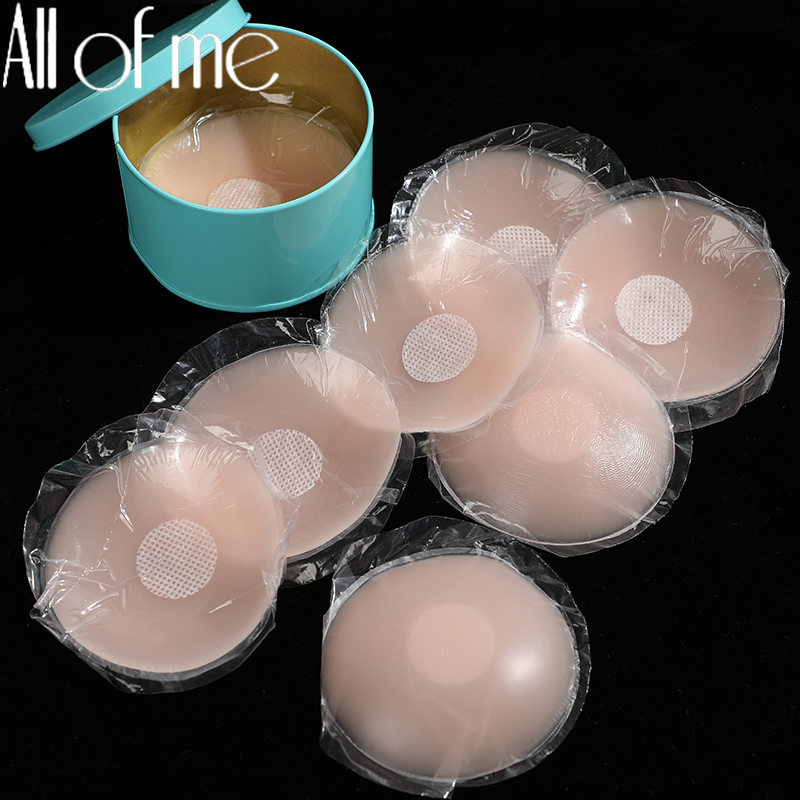
Benefits of Using Nipple Covers
1. Discretion and Comfort
Nipple covers offer a discreet solution for women who prefer not to wear bras. They can be particularly useful under sheer tops, dresses, or swimwear, allowing for a smooth silhouette without the bulk of traditional undergarments.
2. Variety of Options
With a range of materials available, women can choose nipple covers that best suit their skin type and comfort preferences. Silicone covers are popular for their reusability and comfort, while fabric options may be better for those with sensitive skin.
3. Protection Against Chafing
For women who engage in physical activities, nipple covers can provide a protective barrier against chafing and irritation caused by clothing friction.
Materials Matter: Safety First
The core answer to "are nipple covers safe" rests on what they are made of.
- Medical-grade silicone: The gold standard for nipple covers, as it's nontoxic, hypoallergenic, biocompatible, water-repellent, and stable against temperature/moisture. Platinum-cured silicone is preferable due to cleaner manufacturing and no harmful byproducts.[1]
- Adhesives: Medical-grade adhesives balance adhesion and gentleness; choices include silicone-based (gentle, good for sensitive skin) and acrylic (durable). Hypoallergenic adhesives further reduce risk of allergic reactions or irritation.
Manufacturers and buyers should always insist on certified, skin-safe formulations for both the silicone and adhesive portions.[1]
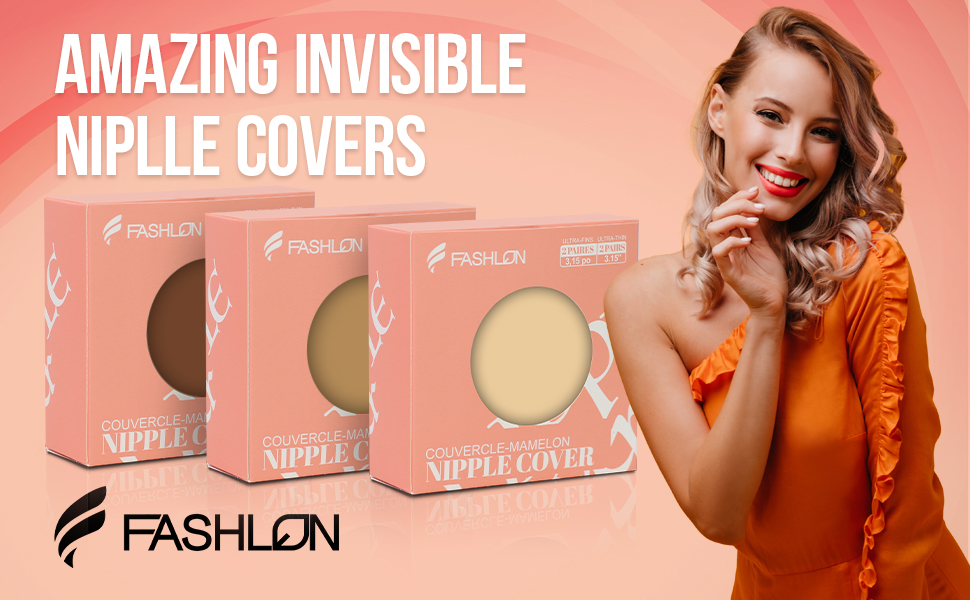
Health Concerns: Debunking Myths and Risks
Do Nipple Covers Cause Cancer?
A common myth is that fashionable accessories like bras or nipple covers may cause breast cancer by obstructing lymph flow or trapping toxins. There is no scientific evidence linking nipple covers to increased cancer risk; major organizations including the American Cancer Society refute these claims.[3][1]
Skin Sensitivity, Allergic Reactions, and Irritation
While most women can wear nipple covers safely, some may experience:
- Redness
- Itching
- Swelling
- Rash/breakouts
These reactions typically arise from allergies to either the silicone or the adhesive. Hypoallergenic products minimize risk, and a patch test is advised before long-term use. Skin must be clean and dry before application to avoid interference with adhesion and irritation.[4][1]
Infection and Bacterial Growth
Extended wear, especially in warm/humid conditions, can trap moisture, creating a breeding ground for bacteria and increasing infection risk. This is especially important for women after breast implant surgery. Removing covers regularly, ensuring skin recovery periods, and maintaining proper hygiene are crucial.[5]
Are Nipple Covers Safe?
While nipple covers are generally considered safe, there are several factors to consider regarding their use:
1. Skin Irritation
One of the most common concerns is skin irritation. The adhesive used in some nipple covers can cause redness, itching, or swelling, especially for those with sensitive skin. It is crucial to choose hypoallergenic options and ensure that the skin is clean and dry before application to minimize these risks.
2. Risk of Infection
Wearing nipple covers for extended periods, especially in warm and humid conditions, can trap moisture and create an environment conducive to bacterial growth. This can lead to infections such as mastitis, particularly for breastfeeding mothers using nipple shields.
3. Proper Usage
To ensure safety, it is essential to follow the manufacturer's instructions for application and removal. Avoid wearing nipple covers while sleeping or for prolonged periods to allow the skin to breathe.
4. Material Matters
Not all nipple covers are created equal. Silicone covers are often more comfortable and reusable, but they may not be suitable for everyone, particularly those prone to sweating. Fabric covers, on the other hand, provide breathability and may be a better choice for sensitive skin.
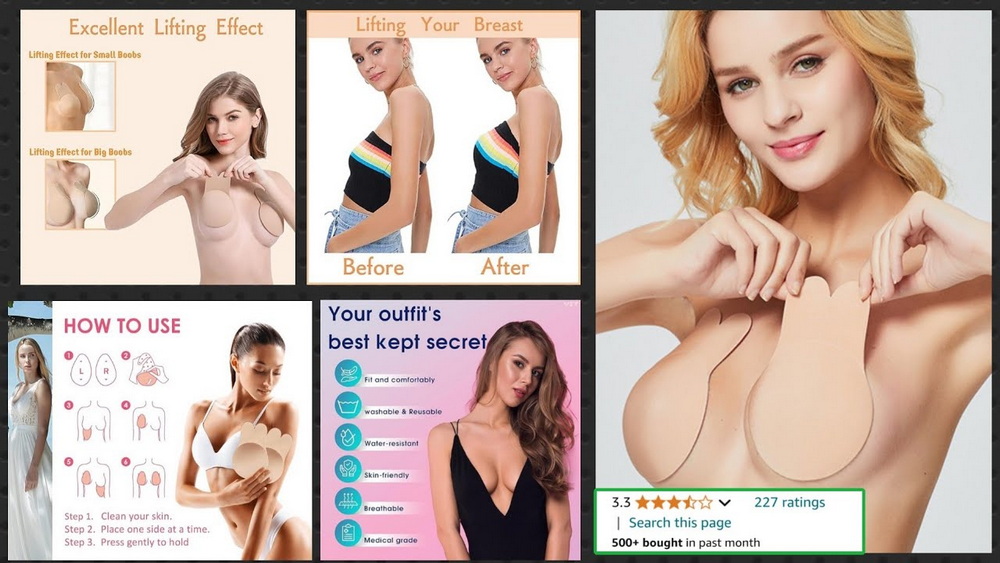
Usage Guidelines: How Long Is Too Long?
Most manufacturers recommend wearing nipple covers for up to 6–8 hours at a time. Wearing longer may increase irritation, reduce adhesive effectiveness, and risk skin health. Overnight use is discouraged.[6][1]
Proper use includes:
- Frequent cleansing and drying of both covers and skin.
- Avoiding use on broken or irritated skin.
- Discontinuing use if discomfort or redness occurs.
Are Nipple Covers Safe Compared To Bras?
In some cases, the answer to "are nipple covers safe" is a resounding yes compared to traditional bras! Bras made from coarse fabrics or fitted too tightly can leave red marks, cause itching, or even lead to persistent skin irritation. In contrast, quality nipple covers—when properly used—offer comfort and a smoother experience for sensitive skin.[2]
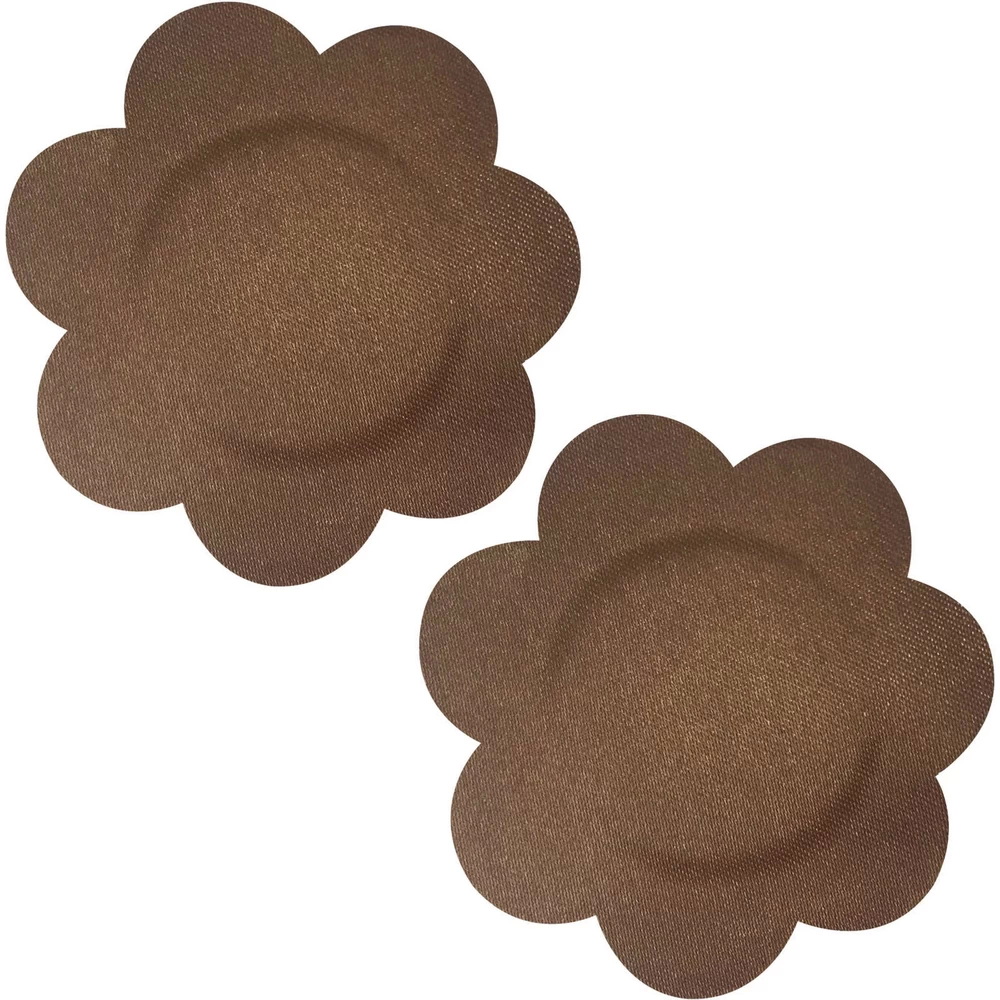
Nipple Covers vs. Nipple Shields: Not the Same
Nipple covers (pasties) are for fashion, modesty, and comfort; while nipple shields are medical devices aiding breastfeeding. Nipple shields have distinct safety concerns not relevant to fashion covers, including potential issues with milk transfer, baby latching, and increased mastitis risk in breastfeeding mothers. These concerns do not apply to everyday nipple covers.[1]
| Feature | Fashion Nipple Covers | Breastfeeding Nipple Shields |
| Primary Use | Modesty, silhouette | Assists breastfeeding/latch |
| Materials | Silicone, fabric, adhesives | Medical-grade thin silicone |
| Risks | Allergic reactions, irritation | Ineffective milk transfer, mastitis risk |
| Not Recommended When | Allergies, poor materials | Persistent breastfeeding problems |
| Duration | Up to 8 hours | Limited by feeding needs |
Certifications and Safe Sourcing For Buyers and Brands
OEM buyers, wholesalers, and brands should partner only with manufacturers that use:
- FDA-compliant, ISO 10993-tested medical-grade silicone
- SGS or equivalent third-party certified adhesives
- OEKO-TEX® STANDARD 100 textile certification
This ensures consumers can confidently answer "are nipple covers safe" with world-class material safety and transparency.[1]
Maintenance: Cleaning and Storage Tips
- Clean after each use: Wash gently with mild soap and lukewarm water; air dry adhesive-side up.
- Store properly: Apply protective liners, keep in original package/case.
- Replace if needed: Reduce in stickiness or new irritation signals it's time for new covers.
How to Choose the Right Nipple Covers
When selecting nipple covers, consider the following:
- Material: Choose hypoallergenic materials if you have sensitive skin.
- Size: Ensure the covers are appropriately sized to avoid discomfort or slipping.
- Adhesive Quality: Look for products with skin-friendly adhesives to reduce the risk of irritation.
How to Apply and Remove Nipple Covers
Application Steps:
1. Clean the Area: Ensure the skin is clean and dry.
2. Peel Off the Backing: Carefully remove the adhesive backing from the nipple cover.
3. Position the Cover: Place the cover over the nipple, ensuring it adheres well to the skin.
4. Press Firmly: Gently press down to secure the cover in place.
Removal Steps:
1. Peel Off Gently: Slowly peel the cover away from the skin to avoid irritation.
2. Clean the Skin: Use a gentle cleanser to remove any adhesive residue.
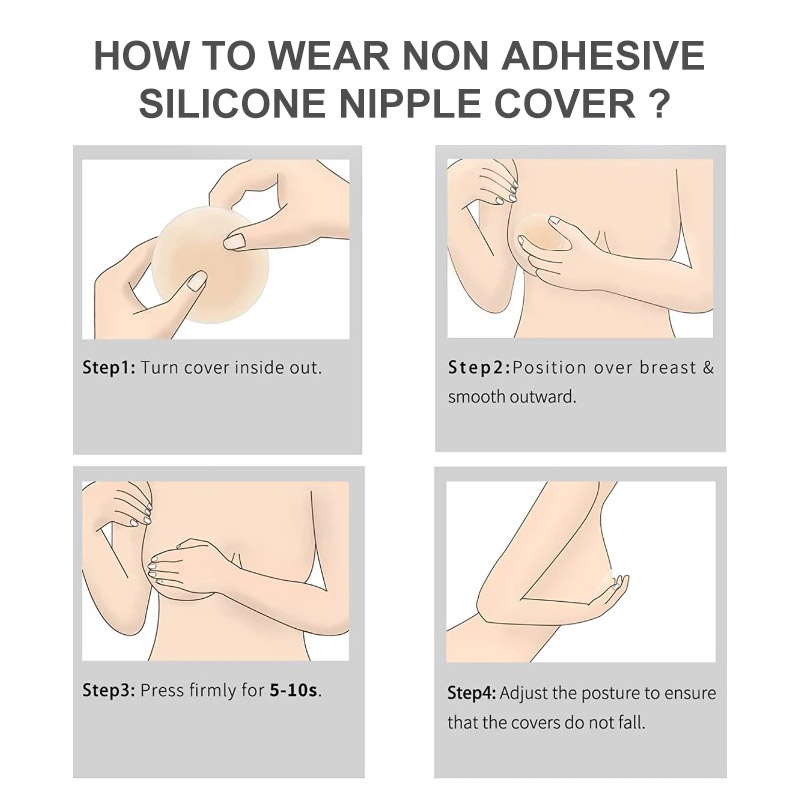
Potential Side Effects of Nipple Covers
While many women use nipple covers without issues, some may experience:
- Allergic Reactions: Some individuals may be allergic to the adhesive, leading to rashes or irritation.
- Skin Damage: Prolonged use can cause skin damage or sensitivity, particularly if the covers are not removed properly.
Expert Video Demonstration
For expert guidance, watch professional demonstration videos showing application, wear, and removal of medical-grade silicone nipple covers. These videos help answer "are nipple covers safe" with practical tips and health advice.[8][9]
Are Nipple Covers Safe For Sensitive Skin?
Most nipple covers are designed to be hypoallergenic and gentle, yet some individuals with extra-sensitive skin may react. Always choose "hypoallergenic" labels, patch test, and consult a dermatologist if persistent rashes or redness occur.[10][4]
Are Nipple Covers Safe: Summary Table
| Safety Factor | Recommendation |
| Material Quality | Medical-grade silicone only; certified adhesives |
| Adhesive Type | Hypoallergenic; SGS certified |
| Duration of Use | 6–8 hours max, no overnight use |
| Hygiene | Clean after each use, dry completely |
| Patch Testing | Yes for new users |
| Check for Irritation | Discontinue on redness, swelling |
| Certification | FDA, ISO, OEKO-TEX, SGS |
FAQs
1. Are nipple covers safe for daily use?
Yes, they are generally safe for daily use if made from medical-grade silicone and hypoallergenic adhesives, and when worn for less than 8 hours at a time.[2][1]
2. Do nipple covers cause cancer?
No. There is no scientific link between nipple covers and cancer according to major cancer research organizations.[3][1]
3. Can nipple covers lead to infections?
Risk is low but exists if covers are worn for too long, especially on sweaty skin, or if not cleaned properly. Proper hygiene and following wear guidelines greatly reduce this risk.[11][5][4]
4. Are nipple covers better than bras for skin health?
Many women find high-quality nipple covers gentler for sensitive skin compared to bras, which can cause red marks and irritation.[2]
5. How do I choose safe nipple covers?
Select those with medical-grade silicone, hypoallergenic adhesive, and visible safety certifications like FDA, ISO 10993, and SGS. Do a patch test and follow manufacturer instructions.
References
[1](https://gzxksilicone.com/nipple-covers-safety-uncovered/)
[2](https://neats.me/blogs/news/are-nipple-covers-safe-to-wear)
[3](https://bare-babe.com/blogs/blog/do-nipple-covers-cause-cancer-debunking-breast-cancer-myths)
[4](https://bare-babe.com/blogs/blog/can-nipple-covers-cause-infection-exploring-the-pros-and-cons-of-nipple-covers-for-women)
[5](https://www.tannanplasticsurgery.com/silicone-nipple-covers/)
[6](https://www.newtopsilicone.com/can-silicone-nipple-covers-be-reused-how-to-extend-their-life-and-protect-your-skin/)
[7](https://gomommyus.com/blogs/news/metal-nipple-covers-that-actually-saved-my-sanity-as-a-new-mom)
[8](https://www.youtube.com/watch?v=Vyn0h2U_uOU)
[9](https://www.youtube.com/watch?v=O_e0kKxHlnc)
[10](https://nuebootape.com/blogs/nueboo-blog/are-nipple-covers-bad-for-you)
[11](https://stckyboo.com/blogs/news/the-safetiness-of-wearing-pasties-what-every-woman-should-know)
[12](https://pmc.ncbi.nlm.nih.gov/articles/PMC4607874/)
[13](https://www.nytimes.com/wirecutter/reviews/cakes-nipple-covers-review/)
[14](https://bare-babe.com/blogs/blog/are-nipple-covers-safe-to-use-your-comprehensive-guide-to-nipple-covers)
[15](https://breastfeeding.support/nipple-shields-good-or-bad/)
[16](https://www.cebm.ox.ac.uk/news/views/nipple-shields-the-first-systematic-review-after-at-least-300-years-of-use)
[17](https://www.sciencedirect.com/science/article/abs/pii/S0378517324007348)
[18](https://byebra.com/is-breast-tape-safe/)
[19](https://pmc.ncbi.nlm.nih.gov/articles/PMC3014757/)
[20](https://pubmed.ncbi.nlm.nih.gov/25989381/)
[21](https://my.clevelandclinic.org/health/treatments/22130-nipple-shield)
[22](https://gomommyus.com/blogs/news/can-you-sleep-with-a-metal-nipple-cover)
[23](https://www.sciencedirect.com/science/article/pii/S2772628222000863)
[24](https://gomommyus.com/blogs/news/nipple-covers-myths-quick-relief-healing-guide)
[25](https://www.facebook.com/GrowingHealthyNorthumberland/posts/nipple-shieldthis-is-a-handy-visual-for-anyone-using-a-nipple-shield-while-breas/448675464581396/)
[26](https://www.youtube.com/watch?v=p2dK9tAaHY0)
[27](https://www.cebm.ox.ac.uk/news/views/nipple-shields-the-first-systematic-review-after-at-least-300-years-of-use/search?category=systematic-reviews)
[28](https://www.youtube.com/watch?v=b0fx-3-NkEY)
[29](https://www.instagram.com/reel/DM-bo8QRXeC/?hl=en)
[30](https://physicianguidetobreastfeeding.org/wp-content/uploads/2022/02/nipple-shield-survey-BFmed-journal2010.pdf)
[31](https://www.frontiersin.org/journals/public-health/articles/10.3389/fpubh.2015.00236/full)
[32](https://perkies.com/blogs/the-perkies-blog/10-things-you-didn-t-know-about-nipple-covers)




















